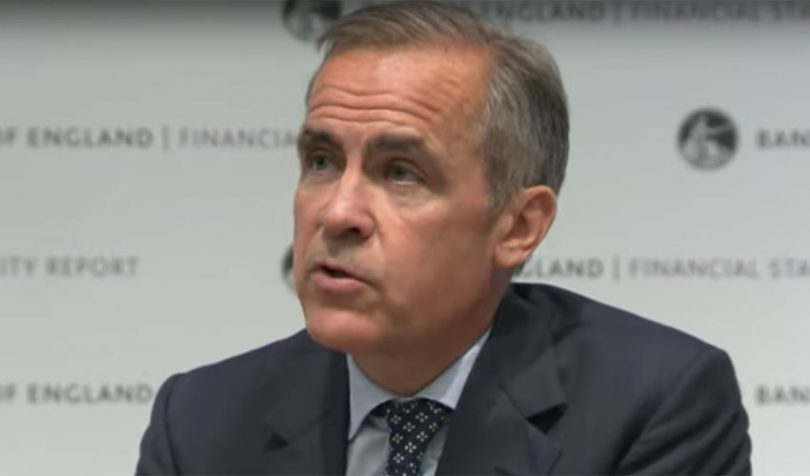Talking at a BIS lecture today, Mark Carney, the former Governor of the Banks of England and Canada, gave his views on the future of money. He believes stablecoins should have access to a central bank’s balance sheet, provided they meet a number of requirements.
In the talk, Carney expressed a preference for central bank digital currencies (CBDC) over private stablecoins. He’s particularly concerned that while central banks consider and prepare for possible CBDCs, private stablecoins could become massive during the multi-year waiting period.
Without specifically mentioning Libra (now Diem), which Facebook founded, he outlined how combining the network effects of both a social network and a payment system could be self-reinforcing, and this ‘uberization’ of money could be hard to unwind.
One solution is to ensure that there’s an indistinguishable set of stablecoins that run on the platforms. The implication may be that a social network cannot recommend a particular stablecoin. “It’s not clear why a single CBDC wouldn’t perform better,” Carney observed. In fact, Diem has said it would be willing in the future to substitute its stablecoin for a CBDC.
Stablecoin consumer protections
From a consumer protection point of view, in Carney’s view stablecoins should have the equivalent protections as commercial money. These include a legal claim to be paid on demand in fiat currency, eligibility for support from the central bank during times of stress, and a depositor backstop.
However, to receive these protections, there need to be strong capital and liquidity requirements. And Carney urged central banks to be stringent in assessing risks and learn from their inability to oversee money market funds in times of stress.
“There’s been two systemic crises in money funds in little more than a decade,” said Carney. “In baseball, it’s three strikes and you’re out. In cricket, it’s only the equivalent of one. For systemic payment systems, one is too many.”
He continued, “If that means – as it must – very rigorous oversight and rules for private stablecoins, what would then differentiate them from CBDCs?”
This echoes the sentiment of Boston Fed President Eric Rosengren, who on Friday highlighted the risky mix of assets that backs the largest stablecoin, Tether. Rosengren noted that Tether’s assets are more risky than Prime funds can hold and that “prime funds have got into difficulties in the last two recessions.”
“There’s a financial stability concern that a future crisis could easily be triggered as this becomes a more important sector of the financial market,” said Rosengren.
The impact of stablecoins on banks
Meanwhile, Carney noted that new forms of money would make bank funding costs more expensive.
“These higher funding costs should not dissuade central banks from pursuing reforms that offer the public greater choice and better service,” said Carney. “Banks are a means to an end, not ends in themselves. And will have to adapt to a much more competitive environment.”
This is similar to recent statements by his former colleague Sir Jon Cunliffe, Deputy Governor of the Bank of England. Cunliffe recently commented, “The Bank of England doesn’t have the responsibility or brief to preserve the current model of banking. We have a responsibility to preserve financial stability. And the current role of banks and financial stability is not the same thing.”
Over the last decade, markets have made up an increasing proportion of lending. Despite this, Carney observed that the central bank’s role as lender of last resort is still limited to banks. Hence he suggested central bank access should be extended to market players such as asset managers.
Crypto-assets
Turning to cryptocurrencies, Carney is not optimistic about their valuations – with the possible exception of one that could end up being treated as digital gold. He believes that CBDCs and regulated stablecoins will dominate. “Tokens at the heart of programmable networks will have to remain just that, of token value,” said Carney.
“This is not to dismiss either NFTs or decentralized finance. Quite to the contrary. Their scope of application is exceptionally broad,” said Carney.






